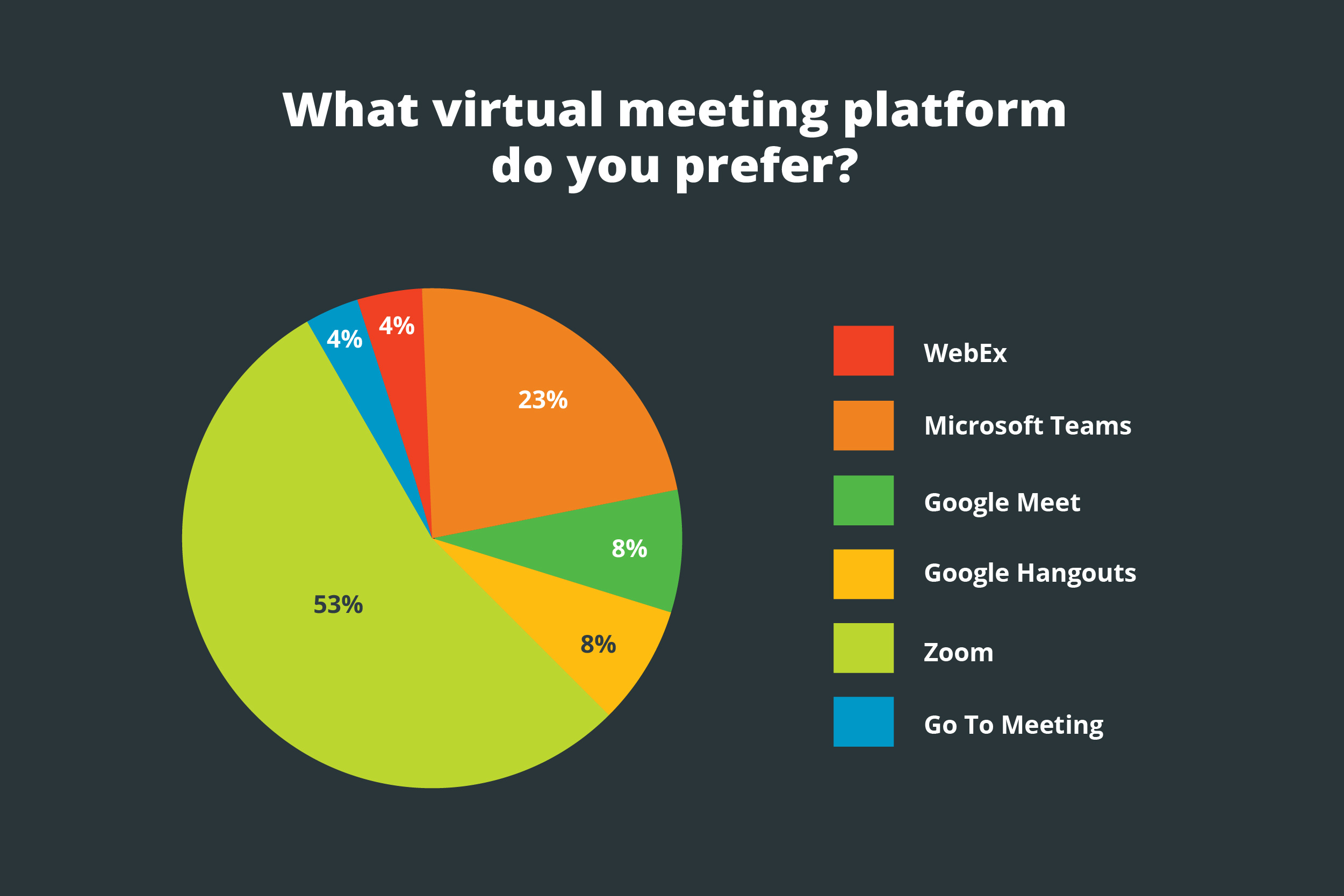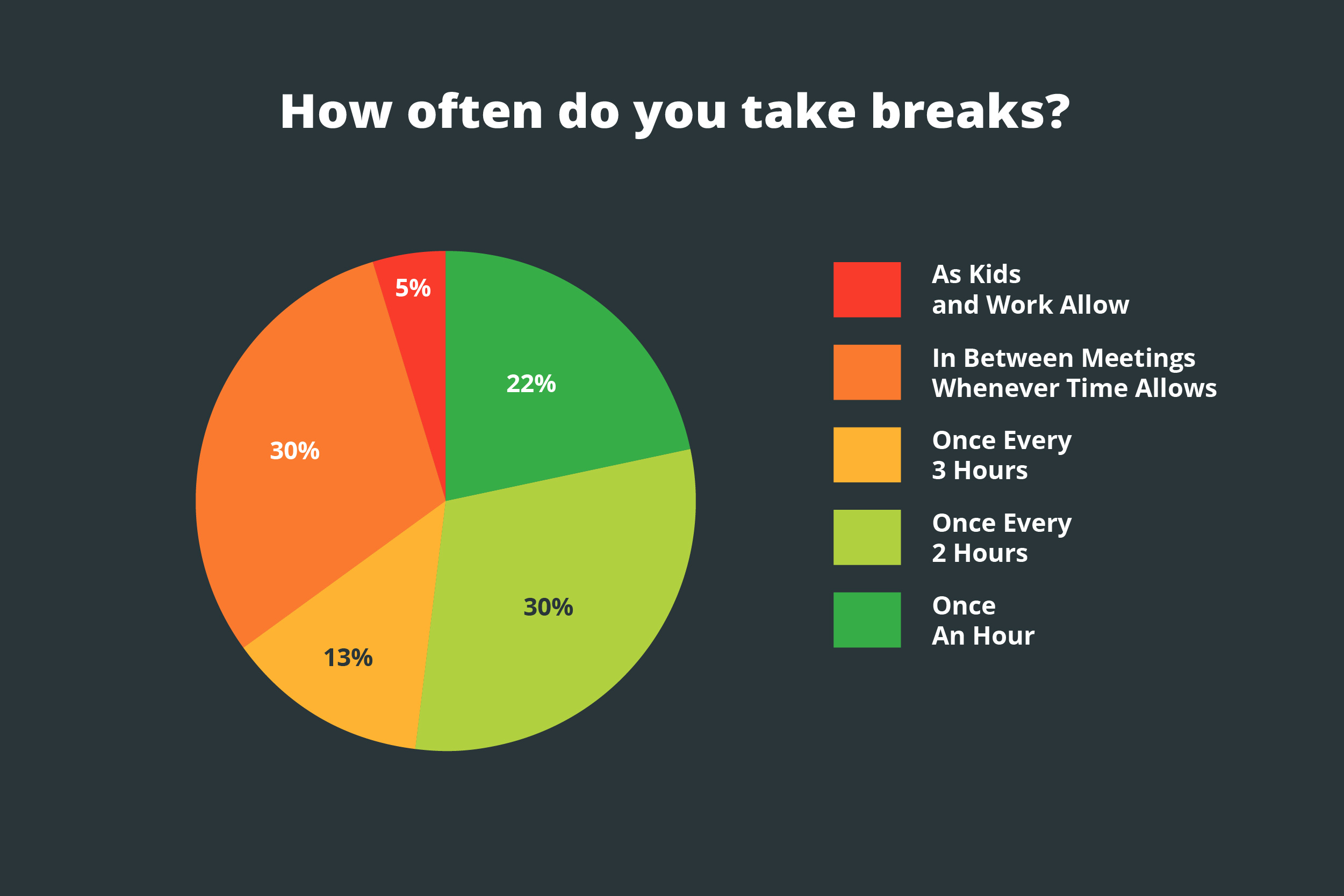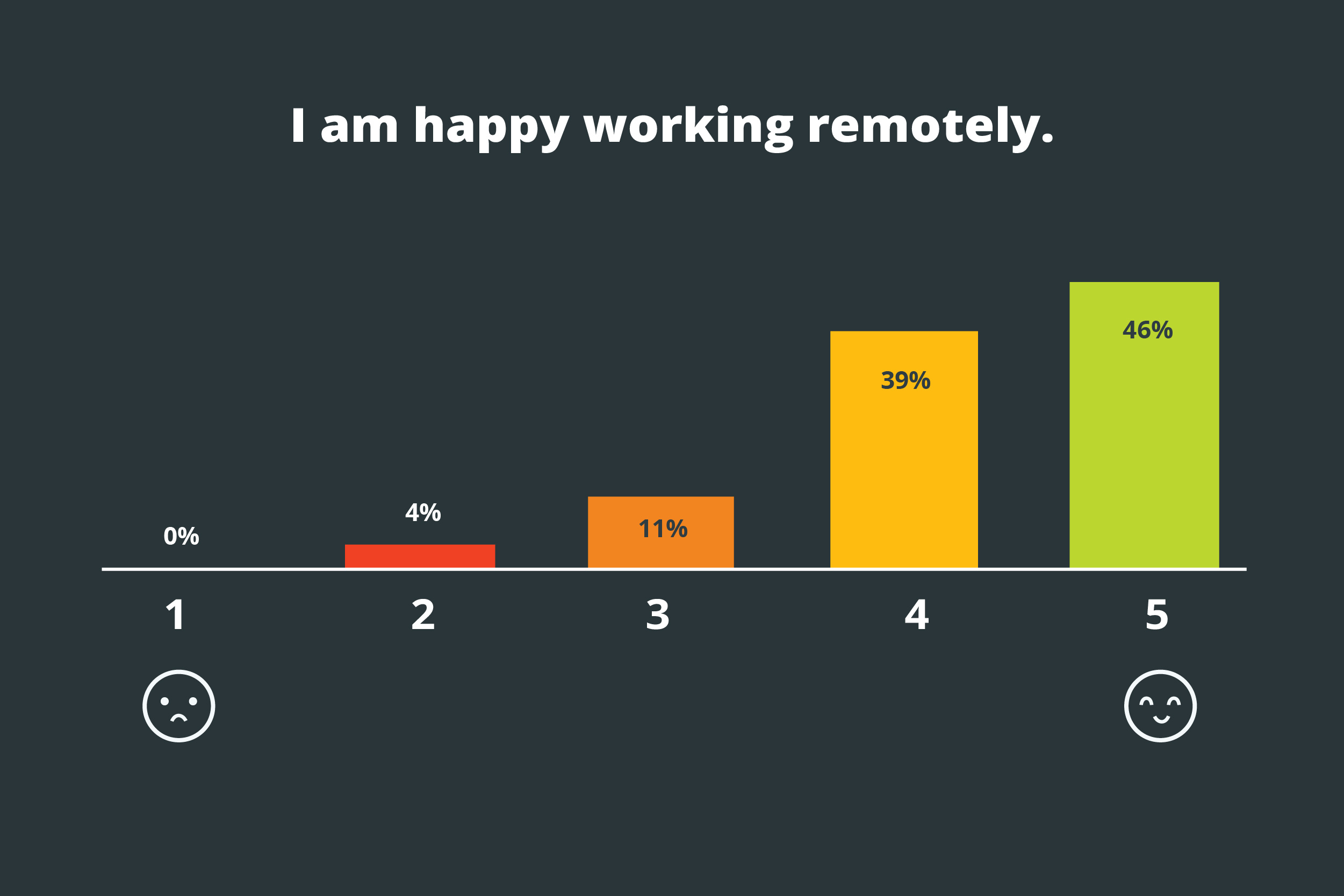In March of 2020, the workday as we knew it was about to change. Cases of COVID-19 were spreading rapidly worldwide and, as a result, millions of workers transitioned to working remotely. Now, nearly six months since then, many workers are still at home.
Array, prior to the pandemic, was poised for a change. We were looking to adapt our environment to meet the needs of our people, which meant more flexibility in the work day, more autonomy, and less of a traditional 9am-5pm. COVID-19 expedited all of this, and we wanted to find out how our workers were handling the change and how our customers, vendors and clients were adapting too!
The Data
With the majority (73%) of people surveyed working at home since March, they have had plenty of time to weigh the positives and negatives of working remotely. The most popular positives of working remotely were ‘eliminating the commute’ and ‘enjoying the comforts of home’, while the most popular negatives were ‘feeling isolated from others’ and the ‘inability to communicate with coworkers effectively’.
While most of the data reinforced ideas that we already knew to be true (i.e. home offices can be easily interrupted by noisy pets and playful children), there were also some surprising results. For example, although 73% of participants had the option to go into work, 73% of people wanted to continue working remotely post-pandemic. Similarly, on a scale of 1-5, the majority (85%) of people rated their happiness levels working from home as a 4 or above. Despite little annoyances, like an uncomfortable chair and adjusting to no work phone, people were enjoying their experience at home.

Shifting Our Approach — Examining the data made us realize a few things.
1. We were using the wrong tools.
According to the data, there was a significant preference (53%) for Zoom while we were still using GoToMeeting as our virtual meeting program. Once we recognized that Zoom was preferred, we did a bit more research on the program and decided to make the switch.
The data also showed the need for an at-home phone system, with 50% of people responding that a business phone is necessary for them to do their job while only 31% were utilizing a phone when working from home. This pushed us to opt into the Quality IP at-home desktop phone system, ReachUC (it’s pretty cool!).
2. People wanted a flexible work environment.
With large companies such as Google, Facebook, and Twitter leading this shift by giving their employees the option to work from home indefinitely, a flexible work environment became the new frontier. As a response to this, Array strives to have a much more flexible workplace in the future, with the office available as a meeting space while still continuing remotely. This aligned perfectly with Array’s pre-pandemic goal.
The Takeaway
The main takeaway from our study? Working remotely has its ups and downs. Regardless of the ever-shifting nature of our world, companies need to adapt to the needs of their workers to create a successful, happy, and healthy work environment. At the end of the day it’s about listening to the needs of your employees, and we’re happy to report Array has done just that!
Check out Array’s full Work From Home Report to see the full data.


